#exxon valdez
Text

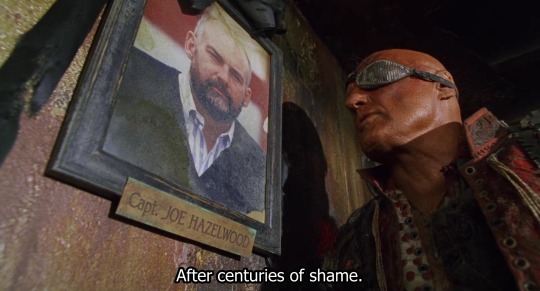
Bar none the best thing in this movie
#Saint Joe of the Deez#Waterworld#Exxon Valdez#Dennis Hopper#The Deacon of the Deez#Waterworld Rewatch
24 notes
·
View notes
Text
youtube
Jean-Michel Cousteau: Outrage at Valdez (1990)
2 notes
·
View notes
Text

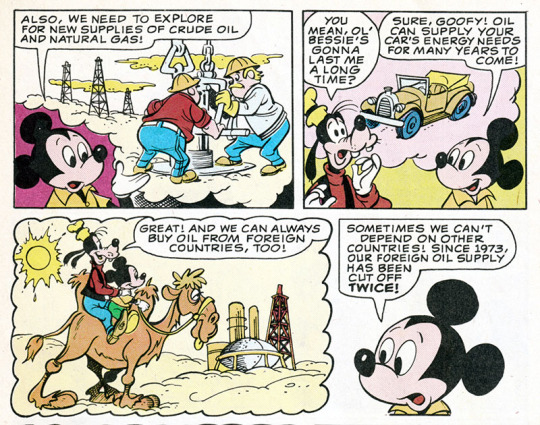
don't run out of gas, get an extra dose of Big Mickey Goofy Energy this week courtesy America's most beloved petrochemical corporation, Exxon! https://misterkitty.net/extras/stupidcovers/stupidcomics819.html
3 notes
·
View notes
Text
The Environmental Protection Agency has announced more stringent rules governing offshore oil spill response, amid continuing concerns about the effects on public health and wildlife from chemical disasters, including BP’s Deepwater Horizon explosion in 2010.
The federal agency, which announced the update on Monday, had not updated its rule regulating the chemicals used to break up offshore oil slicks since 1994.
Five environmental organizations, an Alaskan tribal leader and a south Louisiana fisher sued the EPA in 2020 to force the agency to update its regulations based on lessons learned from the BP oil spill and the Exxon Valdez oil spill in 1989. In 2021, US district court judge William Orrick ordered the EPA to update its oil spill response plans.
Thousands of people who rushed into Gulf of Mexico waters to clean up BP’s oil spill have fallen ill, and some have died. A recent Guardian investigation spotlighted the difficult legal fight that cleanup workers who got sick have been experiencing trying to bring medical cases against the oil giant.
More than three decades earlier, those who cleaned up the Exxon Valdez oil tanker spill off the coast of Alaska suffered the same fate. A growing body of research has linked exposure to the dispersants used by BP to break up oil slicks with chronic illnesses, including increased risk of cancer, heart conditions and an increased rate of births of premature and underweight infants.
The updated EPA rule, which takes effect in December, requires dispersants to undergo more stringent toxicity and efficacy testing before they can be approved for use. Dispersants currently approved by the agency must undergo retesting under the new criteria. Products not retested within two years after the rule takes effect or that do not meet the new criteria will be removed from the approved list, according to the updated regulations.
3 notes
·
View notes
Text

A bulldozer works to maintain Chicago's underground. More frequent and intense storms pose danger to aging infrastructure like these tunnels. Photograph By Keith Ladzinski, National Geographic Image Collection
Here’s What Worries Engineers The Most About U.S. Infrastructure
Water and sewer systems built in the mid-19th century weren't meant to handle the demands of modern cities, and many bridges and levees have aged well past their intended lifespan.
— By Alissa Greenberg | July 17, 2023
Christine Kirchhoff’s family were preparing to move into a new house when Hurricane Harvey hit Houston in 2017. Then the massive storm dumped 50 inches of rain on the area in just a few days, leaving two nearby reservoirs so full that their operators were forced to open the floodgates. Kirchhoff’s family had to be evacuated by boat. Both their original and new houses were inundated.
As an associate professor of civil and environmental engineering at Pennsylvania State University, Kirchhoff spent a lot of time thinking about water even before it swallowed her family’s livelihood. She is part of the legion of professionals behind the complex, often invisible systems that support American life: dams, roads, the electric grid, and much more.
For the last 25 years, the American Society of Civil Engineers has been sounding the alarm on the state of that infrastructure across the country. In their most recent assessment, for example, transit scored a D- and hazardous waste a D+. It’s an expensive problem to ignore. The ASCE estimates current infrastructure conditions cost the average family $3,300 a year. “Everyone is paying whether they know it or not,” Kirchhoff says.
Train derailments, highway and bridge collapses, and dam failures have become increasingly common. But which areas are civil engineers most concerned could cause imminent catastrophe, and what can we do about it? Kirchhoff and other infrastructure experts weigh in.
Water Contamination Crises are Already Here
The engineers we talked to agreed: our water systems are in trouble. Both those that protect us from water as a hazard (stormwater, dams, levees, bridges) and those that help us manage water as a resource (drinking water, wastewater, inland waterways) are in grim shape.
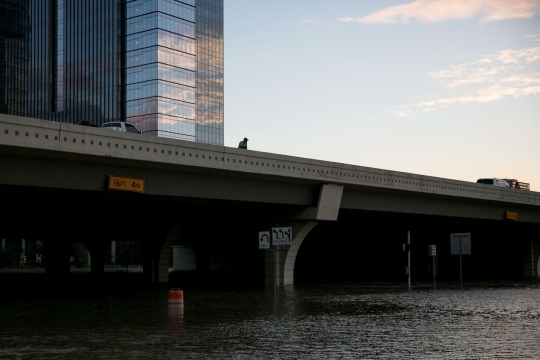
Streets were flooded after Hurricane Harvey hit Houston in 2017. Photograph By Ilana Pancih-Linsmam, The New York Times/Redux
The United States’ 2.2-million-mile drinking water and 800,000-mile sewer system was developed in part in response to the widespread waterborne diseases of the mid nineteenth century, Kirchhoff says. Maintenance has lagged woefully behind since then; some older areas, including some cities in the northeast, still use century-old wooden pipes. And many more of our pipes nationwide are still made of lead.
A water system designed for yesterday’s climate and to filter yesterday’s contaminants is especially problematic in a world of increasing demand, fiercer and more frequent storms, and “forever” chemicals. The result: boil orders, water main breaks, and sewer overflow, plus 15 percent of our water treatment plants working at or over capacity. These issues, combined with the toxicity of lead pipes, lead to water crises like the one that continues to plague Flint, Michigan.
Amlan Mukherjee, the director of sustainability focusing on infrastructure at WAP Sustainability Consulting, recommends focusing on these pipes—swapping lead for PVC or other materials and fixing the leaks that spill some 6 billion gallons of treated water a day—as one high priority fix.
Our coastline is also dotted with facilities storing hazardous oil and other chemical waste cocooned in donut-shaped earthen structures, adds Bilal Ayyub, a professor of civil and environmental engineering at the University of Maryland at College Park—structures that, he notes, could be made of concrete. Because of soil’s vulnerabilities, he worries that dramatic rainfall or a storm surge could destroy these structures, resulting in a release of toxic chemicals “bigger than the Exxon Valdez spill by orders of magnitude.”
His worst-case scenario has already happened at least once, when floodwaters from Hurricane Harvey ate through the earthen container at the San Jacinto River Waste Pits, releasing noxious waste into a nearby river.
Physical Collapse is Happening Now
Meanwhile, the number of high-hazard-potential dams in the United States now tops 15,000. Many were built during or before the WWII era and have been widely neglected since then. And when it comes to bridges, “there are cautionary tales all over,” says Maria Lehman, president of ASCE and vice chair of the Biden Administration’s National Infrastructure Advisory Council. “Every county in the country has a list of bridges that, if they had money, they would replace tomorrow.”
Our 617,000 bridges include not just those spanning mighty rivers but also every highway overpass and minor link across a stream—and close to one tenth of them are significantly compromised. “If you have to think in terms of catastrophe, we’re already there,” Mukherjee says. In 2007, the collapse of an I-35W bridge in Minnesota killed 13 people and injured 145. More recently, a six-lane bridge over the Mississippi was closed for three months in 2021, disrupting interstate travel and shipping because an inspector missed a significant crack. Americans drive 178 million trips on structurally deficient bridges each day.

Every day, millions of Americans travel across bridges and overpasses, like the Marquette Interchange in Milwaukee, that may be structurally deficient. Photograph By Keith Ladzinski, National Geographic Image Collection
Yet the US spends only 1.5-2.5 percent of its GDP on infrastructure, proportionately less than half of what the European Union spends, Lehman says. This long-term lack of funding has run out the clock on many solutions. Many of our bridges were built to last 30-50 years, but nearly half are at least half a century old. The average age of our levees is also 50; our dams average 57.
Now, extreme weather is intensifying just as structures fail. We’ve already seen consequences in the devastation of Hurricane Katrina in 2005, for example, when collapsing levees inundated 80 percent of New Orleans, killing hundreds, or in the failure of an under-inspected dam in Edenville, Michigan, which flooded the region and destroyed thousands of homes in 2020. The trend is set to continue: after Superstorm Sandy engulfed New York City transit, Ayyub helped study similar risks in Washington, D.C and Shanghai. His models showed widespread flooding that could swamp D.C. metro stations and in severe cases even reach “the backyard of the White House.”
The Future of U.S. Infrastructure
Mukherjee is optimistic about the use of new technology to solve some of these issues, though adoption has been slow. Drones can provide human inspectors with up-close views of areas they can’t reach themselves and reduce chance of human error; a drone on an unrelated project captured footage of the Mississippi bridge crack two years before its discovery.
Ayyub has also worked with North American freight railroads to find weak links using computer modeling, combing through thousands of stations to “identify exactly which point if it fails will have the biggest impact,” he says. Why not do the same with our power grid and waterways?
One piece of good news: in 2021, Congress passed the Bipartisan Infrastructure Law, which provides $1.2 trillion over five years for the ailing systems that help American society run, the largest federal investment in US history. It was a major victory. “Every president for the last eight presidents said we should spend a lot of money—like a trillion dollars—on infrastructure, and none of them delivered,” Lehman says.
Unless it is renewed regularly, though, this funding will barely stop the bleeding. And meanwhile, across the country, families like Kirchhoff’s (who after a difficult year were able to rebuild both the destroyed houses) struggle to recover from a relentless march of disasters, many of them preventable. It’s time for the US to learn the lessons drawn from of a century of neglect, Lehman argues, and begin maintaining the systems that makes so much of American life possible while they’re still in working condition.
“If you have a leak in your roof, you go up there, find it, replace the shingles, put on a little tar” she says. “If you let it go, it’s not going to be a little fix: it’s going to be a replacement.”
#US 🇺🇸#Infrastructure#Alissa Greenberg#Engineers#Christine Kirchhoff#Environmental Engineering#Pennsylvania State University#American Society of Civil Engineers#Contamination#Bilal Ayyub#University of Maryland#Amlan Mukherjee#Exxon Valdez#Hurricane Harvey#Biden Administration’s National Infrastructure Advisory Council#Mississippi River#European Union 🇪🇺#Hurricane Katrina#New Orleans#Superstorm Sandy#New York City#Washington D.C.#White House#Infrastructure Law
2 notes
·
View notes
Text
Corpos Are Evil and Need to Be Destroyed, Part II
Technically, there isn’t a Part I to this, but I decided to make this Part II so it can be an ongoing series. I’ve made no secret of how I see the world. D and R politics are nothing but a charade. They are all corpo meat puppets who only exist to further the corpo cause. Our government does fuck all for the people, and everything for the corporations. While the people don’t do shit because…
View On WordPress
#America#Conservative#Corpos#Disney#Exxon Valdez#Liberal#McDonald&039;s#Military Intelligence#Oil Spill#Packers Sanitation Services#Pinkertons#Wizards of the Coast
2 notes
·
View notes
Photo
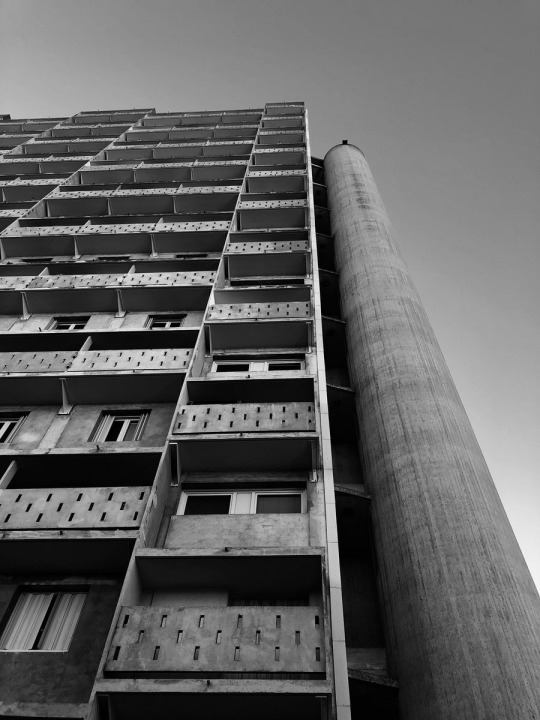
Exxon Valdez - C'est comme voir à l'intérieur d'un chien
Titania Tapes
2022
8 notes
·
View notes
Note
Let’s toast the Exxon Valdez, please?

It has been toasted.
0 notes
Text

On this day in 1989...The Exxon Valdez tanker ship crashed creating one of the largest oil spills in history #history #disaster #tragedy #ExxonValdez
0 notes
Text
Waterworld
Benvenuti o bentornati sul nostro blog. Nello scorso articolo abbiamo continuato a parlare di commedie horror, ma facendo un salto negli anni ’80 per discutere di un piccolo cult, Dimensione Terrore. La storia inizia negli anni ’50 quando una giovane coppia vede precipitare vicino loro uno strano oggetto. Vanno a controllare ma la donna viene uccisa da un maniaco assassino mentre l’uomo viene…
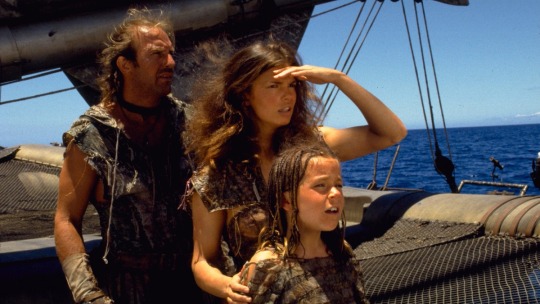
View On WordPress
#abissi#adventure#ambientalismo#avventura#blockbuster#California#cambiamento climatico#David Twohy#Davis Entertainment#Dean Semler#Dennis Hopper#Diacono#Dryland#Enola#Exxon Valdez#fantascientifico#Fantascienza#film#George Miller#Gerard Murphy#Hawaii#Jack Black#James Newton Howard#Jeanne Tripplehorn#Joss Whedon#Kevin Costner#Kevin Reynolds#Kim Coates#kolossal hollywoodiano#Lawrence Gordon
1 note
·
View note
Text
wild to not be known as "the chick who wrote the really intense and well researched Rosalind Lutece meta about why she was Like That(tm)" or "head karkat/terezi/dave shipper, literally olympics sanctioned" anymore. Now I'm just "I exist with these two middle aged men who have so many problems and should kiss about it". I've truly entered my peak era haven't I.
#high school and early college Sadie was an EMBARRASSMENT#and before both of those I was “the Exxon Valdez Hetalia Fanfic Writer” which..... woooooooooo#good news is I learned to enjoy global politics after that!!!!#Anyway my “Kim likes that he has no history with Harry” post is over 500 notes and I am THRILLED#I think my Rosalind Lutece post hit 1000 at one point so like#go little post goooooooooo#say more sadie#sorry I'm truly unhinged tonight
6 notes
·
View notes
Text

there she is, in all her rusted glory.
#that the last ship was the Exxon Valdez. I mean arte.#Waterworld#Waterworld Rewatch#There were a few foggy shots the ulysses cut earlier and one in the original cut. but now the fog has lifted
5 notes
·
View notes
Text
AND AS IF THIS WASNT ENOUGH JOSEPH HAZELWOOD IS DEAD TOO!!
#good week#for anyone curious hes partially responsible for the exxon valdez oil spill which is one of the worst environmental disasters in us history
7 notes
·
View notes
Text
Alaska—North to Fairbanks, South to Valdez
Alaska—North to Fairbanks, South to Valdez
(2nd in a series of 3 posts on Alaska travel)
From Denali we drove our 21-foot RV as far north as Fairbanks. Soon after leaving Denali the land flattened out as we drove through low-growth forest along lengthy stretches of straight roads. Fairbanks is the largest city in Alaska’s interior, with a population of about 32,000, at the confluence of the Chena and Tenana Rivers. The White Mountains…

View On WordPress
#Alaska Pipeline#climate change#environment#Exxon Valdez oil spill#Fairbanks#Museum of the North#musings#science#stories#transportation#travel#Valdez
2 notes
·
View notes
Text
Every sunscreen is like "NEW BRAND NEW NON GREASY FORMULA" and then you put it on and your skin feels like the fucking Exxon Valdez. like get this shit off me i need to be washed like the baby ducks in the dish soap commercials
1 note
·
View note
Text
ok i have finally decided that it's time to google what the fuck was enron
#in my head enron = exxon and the whole meltdown or whatever is the exxon valdez disaster#but people keep bringing it up in the context of ftx and i feel like i should figure out what it really was#mea res
1 note
·
View note